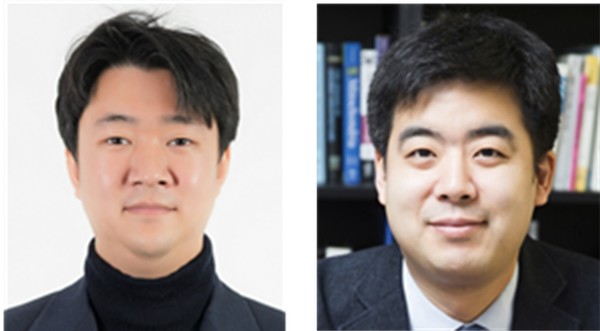A joint research team has succeeded in identifying the human development process using whole-genome sequencing technology, Kyungpook National University Hospital (KNUH) said Friday.
The study was published in the online edition of Nature on Aug. 25.
Professor Oh Ji-won of Kyungpook National University Hospital Biomedical Research Institute and Professor Ju Young-seok of the Graduate School of Medicine Science and Engineering at the Korea Advanced Institute of Science and Technology led the study. ]

The research, which produced the world’s largest-scale result in this area, was conducted to systematically understand how a small number of cells in a human embryo construct about 40 trillion cells in the human body and when they are differentiated into different organs, a fundamental question in medicine and bioscience, the university said.
As the study of embryogenesis accompanies embryos' destruction, researchers have used animal models, including C. elegans, rats, and fruit flies. However, these animal experiments had limits on the understanding mechanism of human embryogenesis.
To overcome these difficulties, the team paid attention to somatic mutation. By collecting 334 single-cell colonies and 379 bulk tissues attained from seven donated bodies, the team went through a whole-genome sequencing process after clonal expansion. It was the world’s largest-scale single-cell whole-genome sequencing (WGS) analysis.
In the process of cell division of fertilized eggs, the accumulation of mutation was found in each cell. Because these mutations were delivered to the offspring cells, the researchers concluded that conducting systemic analysis on these mutations that have dispersed all over the body could reconstruct the movement of embryo cells.
Hence, the research team understood how a single fertilized egg with a few cells could create a human body made of different organs, explaining the phenomena of each stage of the process.
It is anticipated that this research result will help prevent rare diseases that occur in the process of human embryogenesis and also help construct the system for precise treatment and screening tests, the university said.
“It is a remarkable study that has proved we could identify the first moments of life from a dead body,” Professor Oh said. “It would have been impossible without the sacrifice of the deceased who donated their bodies.”
Professor Ju also said, “The study is the successful outcome of a human genome project of 20 years. As a result, we will be able to investigate mutations that exist in the genome more precisely in the future.”

